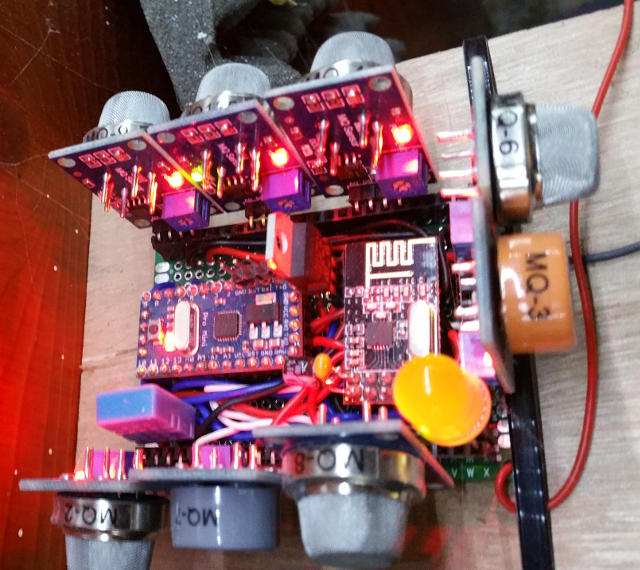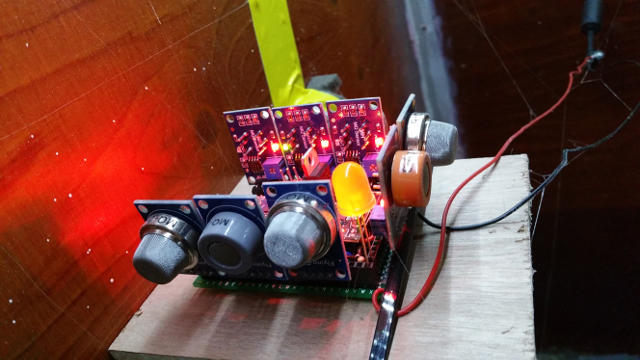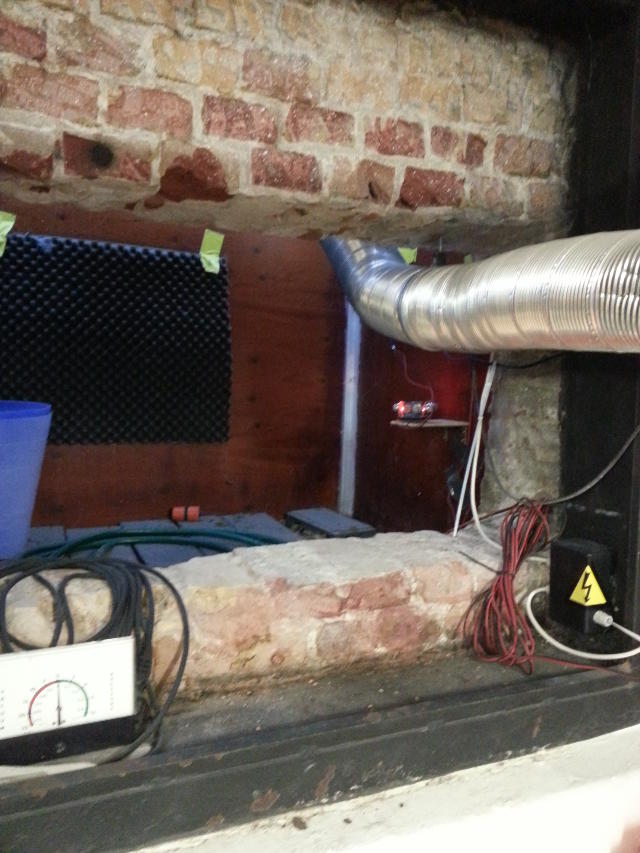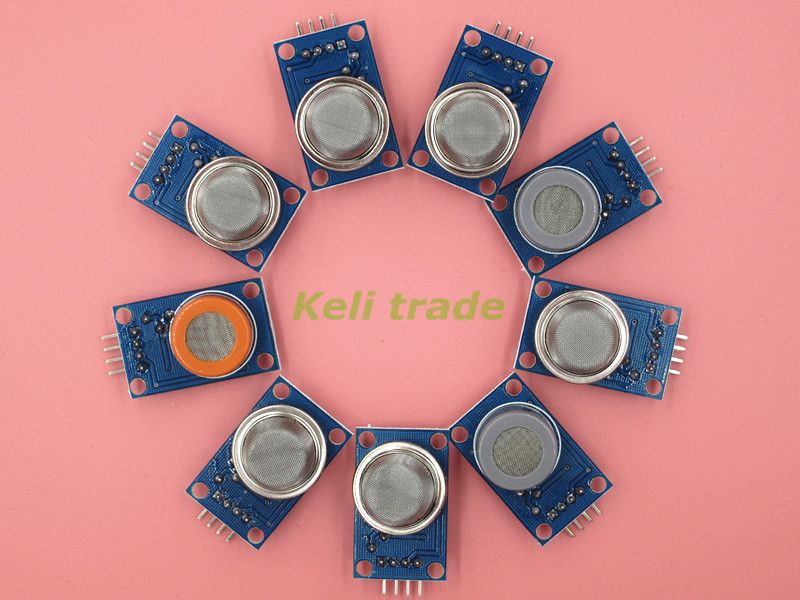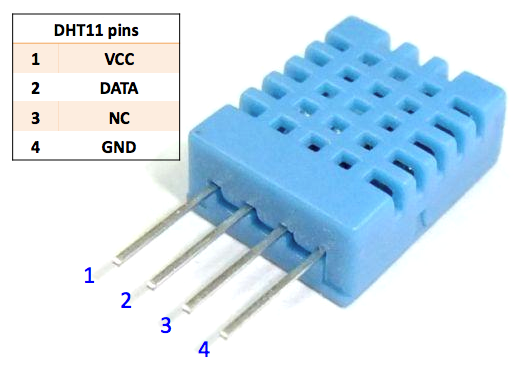Neus: Difference between revisions
Jump to navigation
Jump to search
No edit summary |
|||
| Line 55: | Line 55: | ||
* some measurement says 499 while the calibrated measurer says 907 PPM | * some measurement says 499 while the calibrated measurer says 907 PPM | ||
=== MQ-7 === | |||
* [http://www.savvymicrocontrollersolutions.com/arduino.php?topic=arduino-mq7-CO-gas-sensor http://www.savvymicrocontrollersolutions.com/arduino.php?topic=arduino-mq7-CO-gas-sensor] how to convert the readings into a PPM value | |||
== who == | == who == | ||
Latest revision as of 21:49, 5 May 2016
Neus (or "Nose" for Dutch impaired people) sniffs the gasses that are sucked out of the klusbunker. It's that little pcb screwed onto the right wall.
The measurements can be viewed at https://keetweej.vanheusden.com/revspace/nose.php. Note that you can click on most (not the one at the top) graphs to view a heatmap of the measurements.
what is what
- MQ-135 NH3, NOx, alcohol, Benzene, smoke, NOT CO2 (tested by benadski)
- MQ-2 LPG, i-butane, methane, alcohol, Hydrogen, smoke
- MQ-3 alcohol
- MQ-4 compressed natural gas
- MQ-6 LPG, iso-butane, propane, alcohol, smoke
- MQ-7 carbon monoxide
- MQ-8 Hydrogen, alcohol, LPG,cooking fumes
- MQ-9 CO/Combustible gas, Methane, Propane and CO
facts
- it uses 7-10 watt (because the sensors have little heaters in them)
- has 8 MQ-sensors
- Arduino based
- talks via an NRF24L01 with the rest of the space
- has a DHT11 for temperature/humidity
- temp/hum may have an offset because they are in the airway and because they are located to 8 heaters(!)
- if I remember correctly, I used this bunch of sensors. these are the MQ-sensors with some extra logic soldered on a breakout board.
datasheets
pics
evaluating the measurements
MQ-135
- this page explains how to calibrate etc the MQ-135
- some measurement says 499 while the calibrated measurer says 907 PPM
MQ-7
- http://www.savvymicrocontrollersolutions.com/arduino.php?topic=arduino-mq7-CO-gas-sensor how to convert the readings into a PPM value
who
Initially designed/soldered by Flok. Later on Benadski boosted the sensitiviy of the sensors by replacing the 1k resistors with 10k ones.
